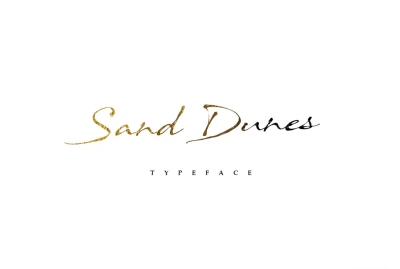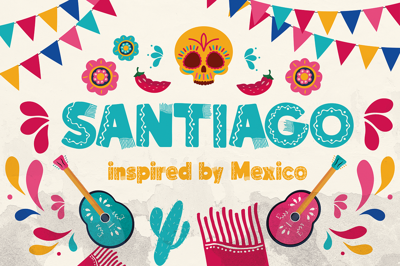infographic icons
Infographic Icons: A Quick Guide
In the world of visual data, infographic icons are essential tools for communication. These simple, recognizable symbols act as a visual shorthand, transforming complex information and data into a format that is easy to understand and remember.
At its core, an infographic icon is a graphic representation of a concept or piece of information. Think of the universal symbol for a lightbulb to represent an "idea," or a simple shopping cart icon for "e-commerce." Their power lies in their ability to transcend language barriers and convey meaning in a single glance.
The primary purpose of using icons in infographics is to enhance comprehension and engagement. By replacing or supplementing text with relevant icons, creators can:
-
Break Down Complexity: Icons simplify intricate subjects, making them more approachable for a wider audience.
-
Improve Readability: They create visual interest and break up large blocks of text, guiding the reader's eye through the information.
-
Boost Retention: Visual information is processed more quickly and is more likely to be remembered than text alone.
-
Add Aesthetic Appeal: A consistent and well-chosen set of icons can significantly improve the overall design and visual appeal of an infographic.
Effective infographic icons share several key characteristics. They are typically:
-
Simple and Clear: The design is minimalistic, ensuring the icon's meaning is immediately apparent.
-
Relevant: Each icon directly relates to the information it represents.
-
Consistent: A uniform style, size, and color palette for all icons within an infographic creates a cohesive and professional look.
-
Universally Recognizable: The most effective icons use symbols that are widely understood across different cultures and demographics.
In essence, infographic icons are more than just decorative elements; they are a fundamental component of effective visual storytelling, helping to make information more accessible, engaging, and memorable.






